Delights of the daisy: The tiny flower with huge charm that's entranced artists for centuries
We all love a daisy chain, but there’s more to this humble flower than meets the (day’s) eye, discovers Ian Morton.
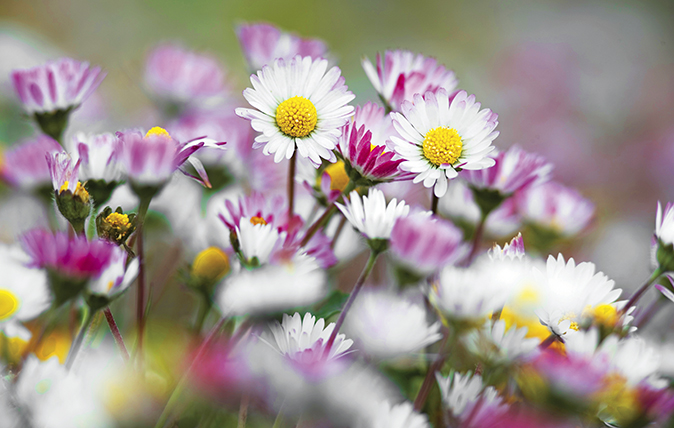
To our Anglo-Saxon forebears, it was dæges eage: the day’s eye. By the 14th century, according to Geoffrey Chaucer’s poem The Legend of Good Women, it was ‘the daisie... the eye of the day’.
And that’s what has come to us down the centuries, the modest, wild, carpet flower that awakens to proclaim a countryside greeting as the sun returns. Why else should we declare ourselves ‘fresh as a daisy’ after a sound night’s sleep? These are perhaps nature's most readily recognised blooms, the first that children learn when they begin to identify the wildflowers of Britain.
Botanists are somewhat troubled by the daisy name, which embraces numerous leggy and colourful varieties cultivated to grace herbaceous borders across the world, gathered under the group name Asteraceae.
However, the resilient and prolific version the English think of first is the simple, ground-hugging daisy of meadow, verge and lawn. Unwelcome for its determined colonisation of well-ordered gardens and not liked by farmers for its lack of contribution to animal nourishment, the little daisy is nonetheless the splash of colour reached for by every tiny child plonked down on the greensward.
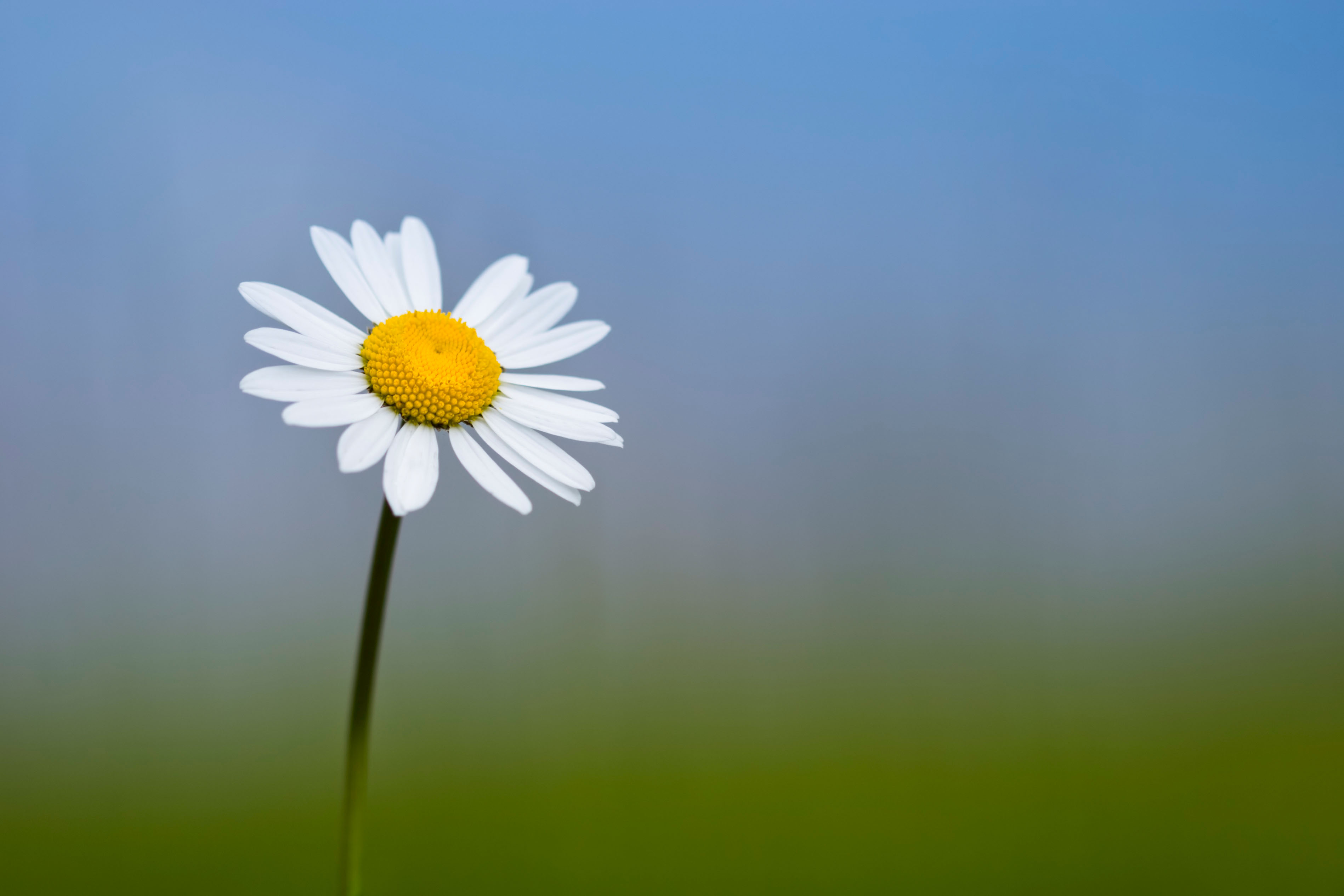
Neither insects nor disease trouble it and it has one of the longest blooming seasons in the plant calendar, even making an occasional appearance in midwinter. This basic variety is native to much of the old world and, long ago, became naturalised in North America, Australia and New Zealand through colonial travels. Excavations in the Middle East have even revealed daisies decorating 4,000-year-old Egyptian pottery and hairclips from the Minoan culture on Crete.
Its Latin name is Bellis perennis – the second word means year-on-year, of course, but the first presents the etymologist with a problem. It may simply mean ‘pretty’, yet equally its root could lie in Roman mythology, for when Vertumnus, god of seasons and gardens, lusted after the nymph Belides, she avoided his attentions by turning herself into a daisy. Again – and no other plant name boasts three plausible derivations – there’s a darker version with bellis as the dative of the Latin for war. As Roman legions prepared for battle, surgeons topped up their medical provisions with a good quantity of freshly gathered daisy plants. When casualties arrived with spear and sword cuts, the plants would be squeezed and the juice applied to bandaging to fend off infection and encourage healing.
Although the therapeutic value is doubtful, belief in the curative properties of the externally applied daisy persisted in this country into the medieval period and beyond, as two of the folk names for the daisy testify – bruisewort and woundwort. For internal use, European medical practice prescribed daisy tea for a sore throat and for breathing and stomach malaises. Today’s bold chef may employ young daisy leaves in salads.
Sign up for the Country Life Newsletter
Exquisite houses, the beauty of Nature, and how to get the most from your life, straight to your inbox.
In Scotland and the North of England, where the daisy is known as the gowan, it’s also been called bairnswort, in recognition of its attraction to those inquisitive little fingers and its traditional representation of childhood and innocence. In Norse mythology, the daisy was sacred to Freya, goddess of love, beauty and fertility. The flower representative of April and allied with Venus, for centuries it provided chaplets and chains to link young lovers, not to mention the generations of girls who have long pulled off the petals one by one, chanting ‘he loves me, he loves me not’. The practice was well known across Europe and Goethe had a pregnant Margherita plucking a daisy to tell her how Faust felt about her.

Daisy is a traditional and affectionate soubriquet for the name Margaret, taken directly from the French name for the ox-eye daisy, marguerite, although a dozen Continental languages carry versions of it.
A gift of daisies signified affection and trust that secrets could be kept, held the promise of new beginnings and, when paired with primroses and set in moss, were symbolic of mother love. According to Celtic legend, when an infant didn’t survive, the deities sprinkled daisies around to ease the pain of the bereaved parents. Then, Christianity crept in, the tinge of red on some daisy petals said to signify Christ’s blood.
As medieval gave way to enlightenment, the daisy struck an occasional secular note. In 1791, an equine commentator referred to a horse trotting without lifting its hooves high as a daisy-cutter, an expression picked up by cricket in 1889, for a ball running flat and fast along the ground, and in the USA, for the same thing in baseball.
In the 19th century, a fashionable expression for something of top quality was ‘it’s daisy’ and the expression ‘ups-a-daisy’ still comforts a fallen child, becoming ‘oops!’ for an indiscretion, childish or otherwise. The first occurrence of that light-hearted euphemism for burial, ‘pushing up the daisies’, was in 1842 and this trope would come into wider use following the First World War. Those in touch with music-hall tradition can’t fail to envisage an Edwardian bride perched upon the seat of a bicycle built for two.
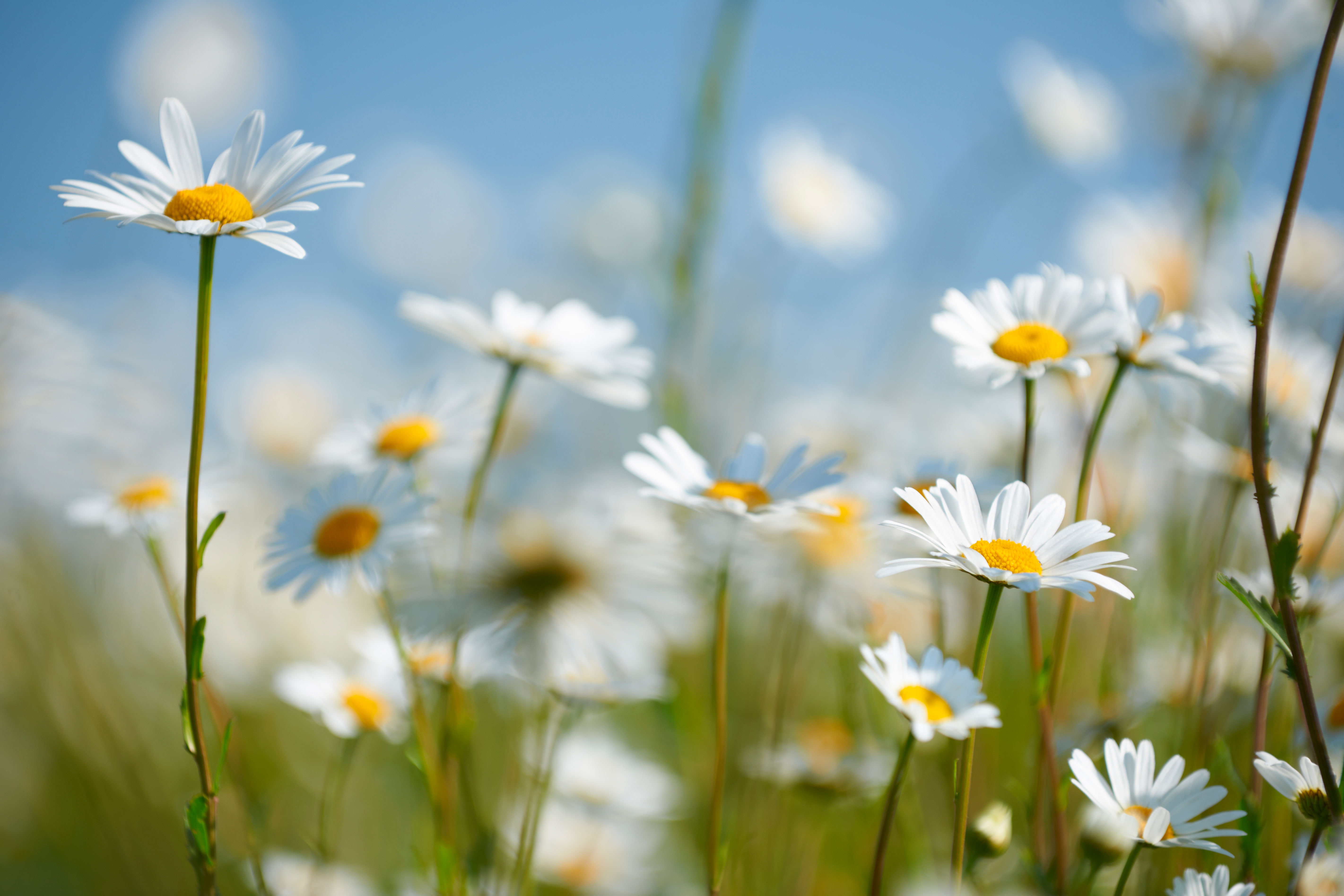
After the death of Queen Victoria in 1901, her birthday, May 24, was declared Empire Day and, from 1916, it became a national celebration with no schools open and daisies worn by all, their yellow centres symbolising the home country and their spreading petals the colonies. Its relevance petered out after the 1950s as Empire became a political incubus.
Although Daisy has been a favourite name to give to a cow for at least two centuries, there’s more to that than mere sentiment. According to a survey by Dr Catherine Douglas of Newcastle University, addressing a cow by name creates a bond with the farmer, improves her wellbeing and perception of humans, lowers her levels of the stress hormone cortisol and induces her to yield up to 500 pints of extra milk per year. Good girl, Daisy!
On a less prosaic note, the flower has attracted sundry artists, through medieval to modern, and, of course, poets aplenty. Shakespeare wove it into Ophelia’s death scene in Hamlet and recorded in Love’s Labour’s Lost that ‘daisies... do paint the meadows with delight’. Wordsworth devoted 10 stanzas To The Daisy, Keats touched upon it and American poet Emily Dickinson contributed a dozen efforts. However, we need to go back to Chaucer for the oldest and warmest expression of the daisy’s daily promise: ‘To seen this flower agenst the sunne spread, whan it upriseth early by the morrow, that blissful sight softeneth all my sorrow.’
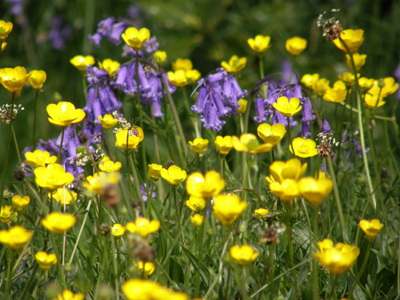
12 top wildflower meadows to visit
Country Life discovers twelve of the best wildflower meadows open to visitors this summer in England
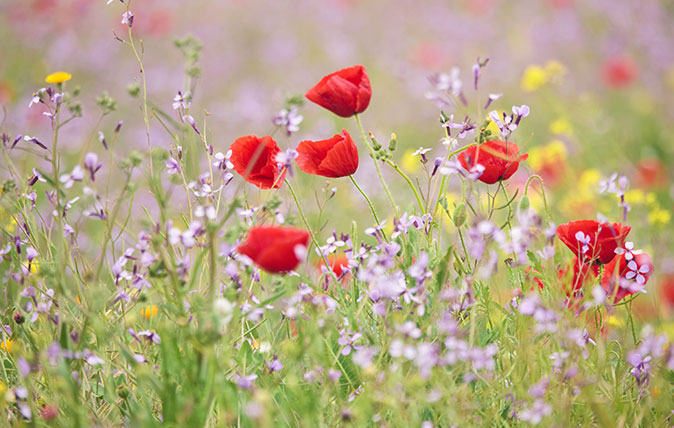
Credit: Alamy
Alan Titchmarsh: The neighbour whose clever and generous wildflower 'hedge' I'll never forget
Alan Titchmarsh issues a plea to all of us that could beautify our environment and bring people together.

Lyddington Palace: A perfectly-preserved grand interior of late-medieval England
A residence of the Bishop of Lincoln converted into an almshouse offers a unique insight into the realities of grand
-
 How an app can make you fall in love with nature, with Melissa Harrison
How an app can make you fall in love with nature, with Melissa HarrisonThe novelist, children's author and nature writer Melissa Harrison joins the podcast to talk about her love of the natural world and her new app, Encounter.
By James Fisher
-
 'There is nothing like it on this side of Arcadia': Hampshire's Grange Festival is making radical changes ahead of the 2025 country-house opera season
'There is nothing like it on this side of Arcadia': Hampshire's Grange Festival is making radical changes ahead of the 2025 country-house opera seasonBy Annunciata Elwes